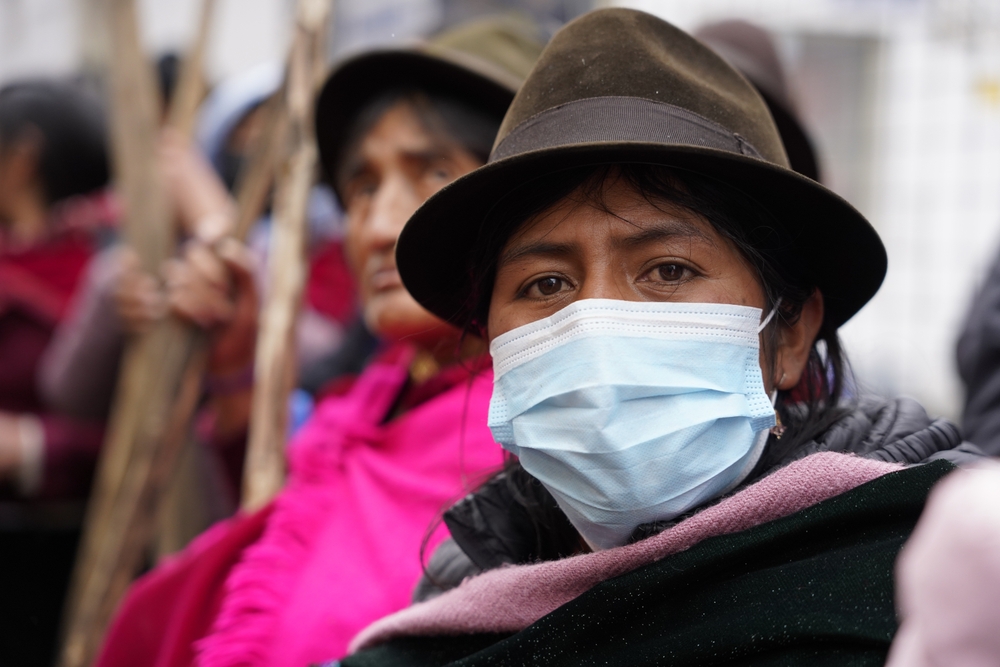by TAMARA TARACIUK BRONER & MARTINA RAPIDO RAGOZZINO

Ecuador needs to address the root causes that brought so many protesters onto the streets.
The June anti-government protests in Ecuador and their images of violence and police abuse evoked a sad sense of déjà vu that recalled protests from 2015, 2019, and 2020. But this time authorities should demonstrate that they are serious about addressing structural problems, ensuring accountability for abuses by security forces, and preventing waves of looting and vandalism.
On June 30, government authorities and Indigenous leaders reached an agreement after several days of unrest to stop protests that began on June 13. Indigenous organizations led by the Confederation of Indigenous Nationalities of Ecuador, known by its Spanish acronym CONAIE, had called for protests in response to what they deemed the government’s lack of will to address their demands.
Among other measures, Indigenous groups have asked the authorities to guarantee Indigenous peoples’ collective rights; to intervene to lower the prices of food and other essential goods; ensure Indigenous people’s access to health, education, and employment; and repair the social and environmental impacts of mining and oil extraction in Indigenous territories.
These are long-standing debts. Although Ecuador’s constitution and international law recognize Indigenous peoples’ rights—including to prior consultation on mining and oil projects affecting their territories—United Nations experts have found “persistent gaps” in enforcement. Indigenous communities are typically located in rural areas, where the percentage of people living in poverty is double that of people in urban areas. Poverty contributes to the lack of access to basic services, including health care. According to government statistics, half as many people in rural areas are adequately employed—earning at least minimum wage—compared with urban areas.
It is critical for authorities, in the longer term, to show a genuine commitment to prioritizing Indigenous rights, including by ensuring that communities have a voice in the protection of their rights and land. They should also ensure prompt, thorough, and impartial criminal investigations of police implicated in excessive force and crimes committed by others in the context of the protests. Between pardons and cases that languished until the statute of limitations closed them, prosecutions of both sides after past demonstrations have proved inadequate.
Foreign Policy in Focus for more
